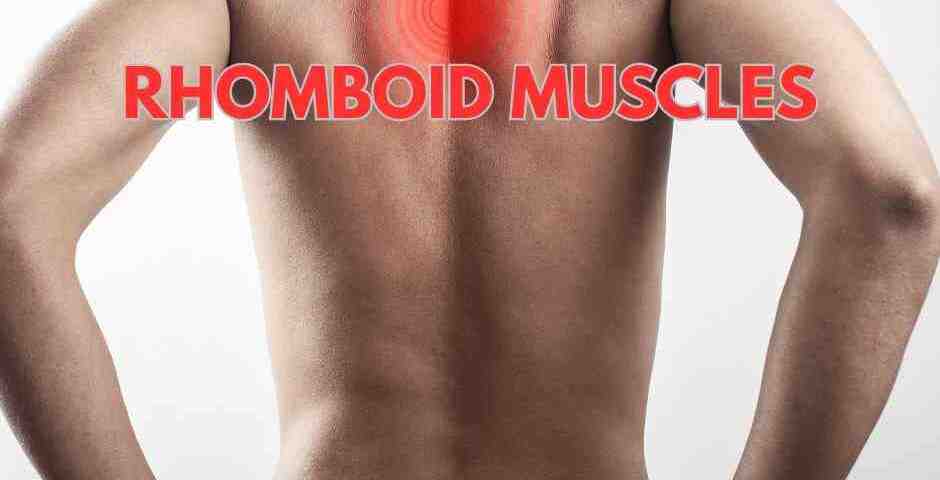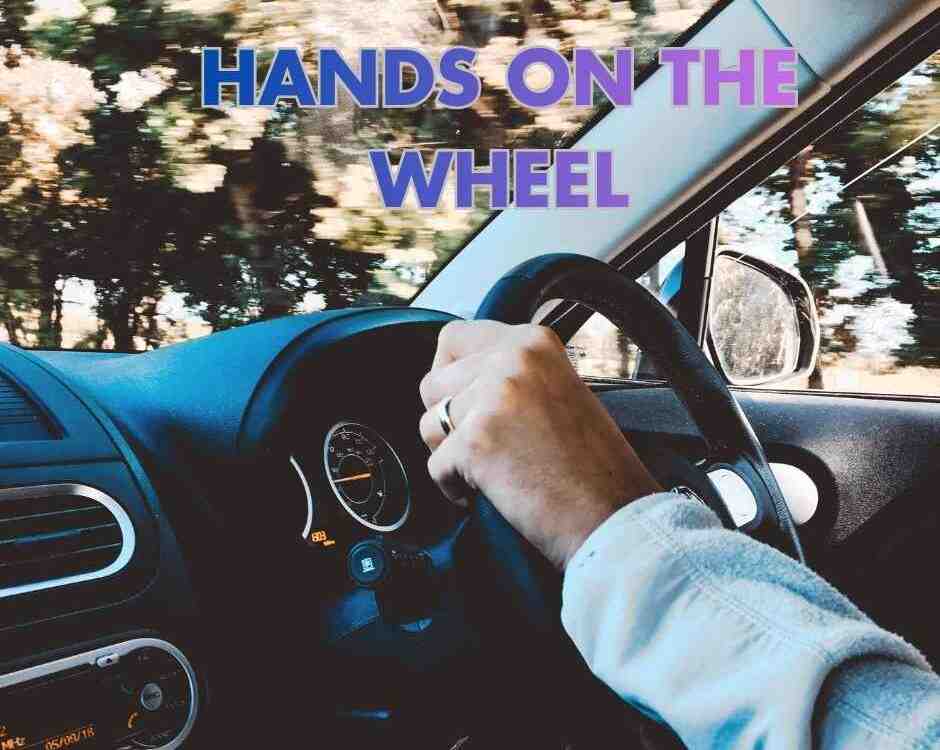The Rhomboid Muscles

Motor Vehicle Accidents and Degeneration
July 14, 2025
Carpal Tunnel Syndrome vs Cervical Radiculopathy After a Car Accident
July 14, 2025- Accident doctor
- accupuncture
- airplane headache
- alzheimer's
- best habits
- Brain Injuries
- car accident
- car accidents
- cervical strain
- colds
- concussion
- Concussions
- disc bulge
- dosage meds
- dry needling
- dull pain
- E bike injuries
- florida
- good posture
- headaches
- Headrest positions
- Headrest positions after an accident
- Healthy choices
- Healthy flying
- healthy gift guide
- Healthy SPring Ideas
- hip pain
- hyperextension
- injury doctor
- insurance
- Kayaking
- kentucky
- kids motion sickness
- lifestyle
- motion sickness
- neck injury
- no fault insurance doctor
- noise healing
- osteoporosis
- pain symptoms
- pink noise
- posterior chain
- posture
- prevent osteoporosis
- Rest
- Scoliosis
- shoulder pain
- Stress with kids after a motor vehicle accident
- TBI
- tips
- tmj
- torn muscle
- Traumatic Brain Injury
- trigger points
- VitaminD
- What are Post Traumatic headaches?
The Rhomboid Muscles
Your rhomboid muscles might not get much attention, but they are key players in keeping your shoulders and upper back strong and stable. Working at Chambers Medical Group, one of the highest rated car accident medical care providers in Kentucky, I often see patients struggle with shoulder or back pain after crashes, and the rhomboids are often involved. These diamond-shaped muscles sit between your shoulder blades and spine, helping you move and stand tall. I am Dr. Aaron Workman and will break down what the rhomboids are, why they matter, and how to keep them healthy.
What Are the Rhomboids?
The rhomboids, consisting of a major and minor, are flat muscles in your upper back, connecting your spine to your shoulder blades. Named for their diamond shape, they pull your shoulder blades together, a move called scapular retraction. This helps you lift, pull, or even sit up straight. After a motor vehicle accident (MVA), these muscles can get strained from sudden impacts, leading to pain or stiffness, especially if you are hunched over a computer, phone, or desk.
Postural Importance
Ever notice your shoulders slumping forward after a long drive? Weak rhomboids are often to blame. They work to keep your shoulder blades in place, fighting the rounded posture. Strong rhomboids promote an upright stance, easing strain on your neck and back. In our clinics, patients with poor posture often feel better after strengthening these muscles, making daily tasks more manageable. It is important to understand that whiplash trauma will weaken these muscles along with the trapezius. If you already have poor posture, then any trauma to this area will likely make your posture suffer.
Shoulder Movement
The rhomboids team up with other muscles, like the trapezius, to let your shoulders move smoothly. Whether you are reaching for something on a high shelf, throwing a ball, or swinging a racquet, these muscles stabilize your shoulder blades. If they are weak or tight from an MVA, you might feel limited in your range of motion and your performance will suffer. Keeping them strong ensures you can move the shoulders freely without discomfort.
Reducing Upper Back Pain
Strained or weak rhomboids can cause nagging pain between your shoulder blades, a common complaint after crashes. Whiplash, for example, will overstretch these muscles, leading to soreness. Strengthening them helps balance the load on your upper back, reducing tension. Simple stretches can also loosen tight rhomboids, relieving that achy feeling many patients notice after long hours sitting or driving.
It is important to keep your rhomboid muscles strong early on in life as this muscle will be used in everything you do. Strong rhomboids make daily activities easier, from lifting kids to pushing a lawnmower. They support your upper back during any pulling or lifting motion, protecting against injury. For active folks, rhomboids add power to sports like swimming or rowing. To keep them in top shape, you must focus on exercises that squeeze the shoulder blades together. Stretch daily to avoid tightness, especially after an MVA. Take breaks to roll your shoulders and avoid slouching. If you feel pain between your shoulder blades following an MVA then visit a clinic like Chambers Medical Group for care. With a little effort, your rhomboids will keep you strong, mobile, and ready for anything.
— This article is written by Aaron Workman, DC, one of the members of Chambers Medical Group’s team of car accident chiropractors who offer a variety of treatments and therapies ranging from diagnostic testing to various soft tissue therapies for car accidents and injuries in Kentucky.




